Have you ever asked yourself what is an 808? An 808 nowadays refers to a specific type of bass percussion sound, but in its earliest incarnation, the 808 was first introduced in the Roland TR-808 Rhythm Composer, a drum machine that was released in the early 1980s. It gained significant popularity due to its distinctive sound, which was characterized by deep and booming bass frequencies. The 808 bass drum, in particular, became the foundation for the genre-defining 808 kick sound that has since become a staple in various music genres.
Table of Contents
What is the History of the 808?
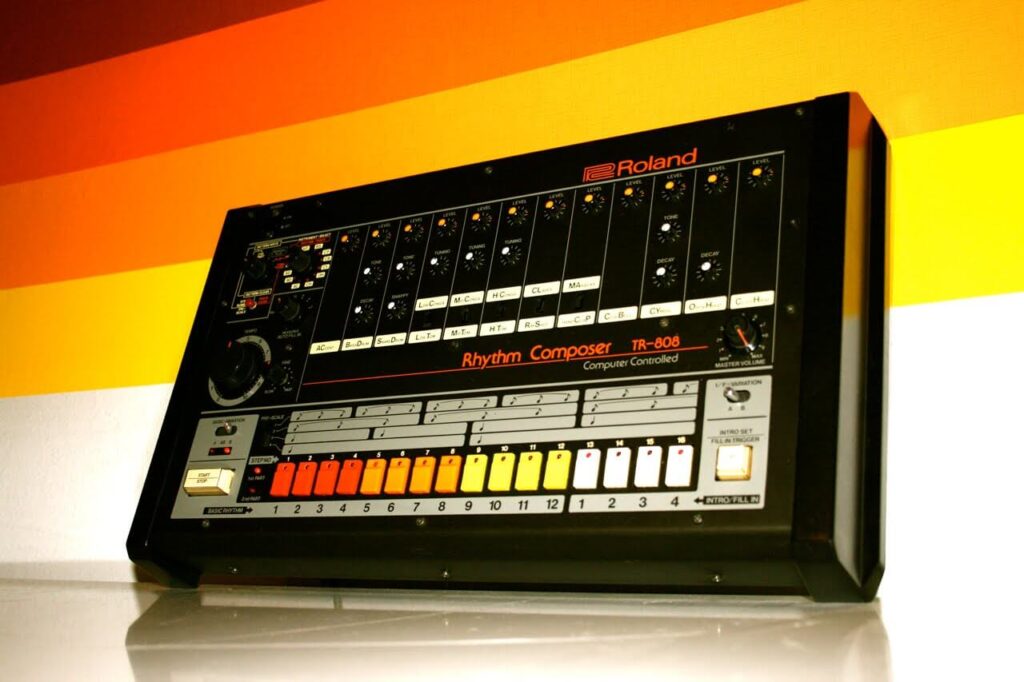
The term 808 originates back to the early 1980s when the original TR-808 Drum Machine was released by Roland Corporation.
In the late 1970s, the Roland Corporation, led by the visionary Ikutaro Kakehashi, sought to develop a rhythm machine that would offer musicians greater flexibility and creativity in their compositions. The result was the TR-808, released in 1980 as part of Roland’s innovative TR-series, which later also birthed another classic drum machine the TR-909.
Initially, the machine did not receive widespread acclaim and struggled commercially. However, it found a home in the emerging hip-hop scene of the time, where its unique low-frequency characteristics and punchy sound became highly sought after.
Over the years, the 808’s influence expanded beyond hip-hop, infiltrating other genres such as R&B, trap, and electronic music, Its timeless appeal can be attributed to its ability to produce deep bass tones and its distinct analogue sound. Even with the advent of digital music production technology, the 808 remains an essential tool for producers and musicians worldwide.
Now most commonly used in popular music such as Hip Hop, RNB, Drill, Trap music, and many more, the iconic 808 has become a staple in modern music.
Hip-Hop’s Love Affair with the 808
While the TR-808 did not initially find favour in mainstream music, it found an unexpected home in the burgeoning hip-hop scene of the early 1980s. Producers and artists discovered the unique sonic possibilities of the 808, particularly its deep bass drum sound, which became a defining characteristic of the genre.
Hip-hop pioneers like Afrika Bambaataa, the Beastie Boys, and Run-DMC embraced the 808’s distinctive sound, incorporating its booming bass and crisp snare hits into their tracks. The 808’s ability to deliver a powerful and punchy low end made it the perfect companion for the genre’s energetic beats and rhythmic flow.
Crossing Genres and Musical Boundaries
As the influence of hip-hop grew, the impact of the 808 began to transcend genres. Artists and producers from various musical backgrounds started experimenting with the 808, incorporating its unique sounds into their compositions.
In the world of pop music, artists like Marvin Gaye and Madonna utilized the 808 to add depth and rhythmic complexity to their songs. The machine’s ability to produce crisp handclaps, resonant toms, and futuristic sound effects made it a versatile tool for sound sculpting.
The 808’s influence also extended to electronic dance music (EDM), where it became an integral part of the emerging genres of techno, house, and electro. Producers such as Juan Atkins and Derrick May embraced the 808, utilizing its distinct sound to shape the foundations of these influential electronic music styles.
What was the first commercially successful song to use an 808?
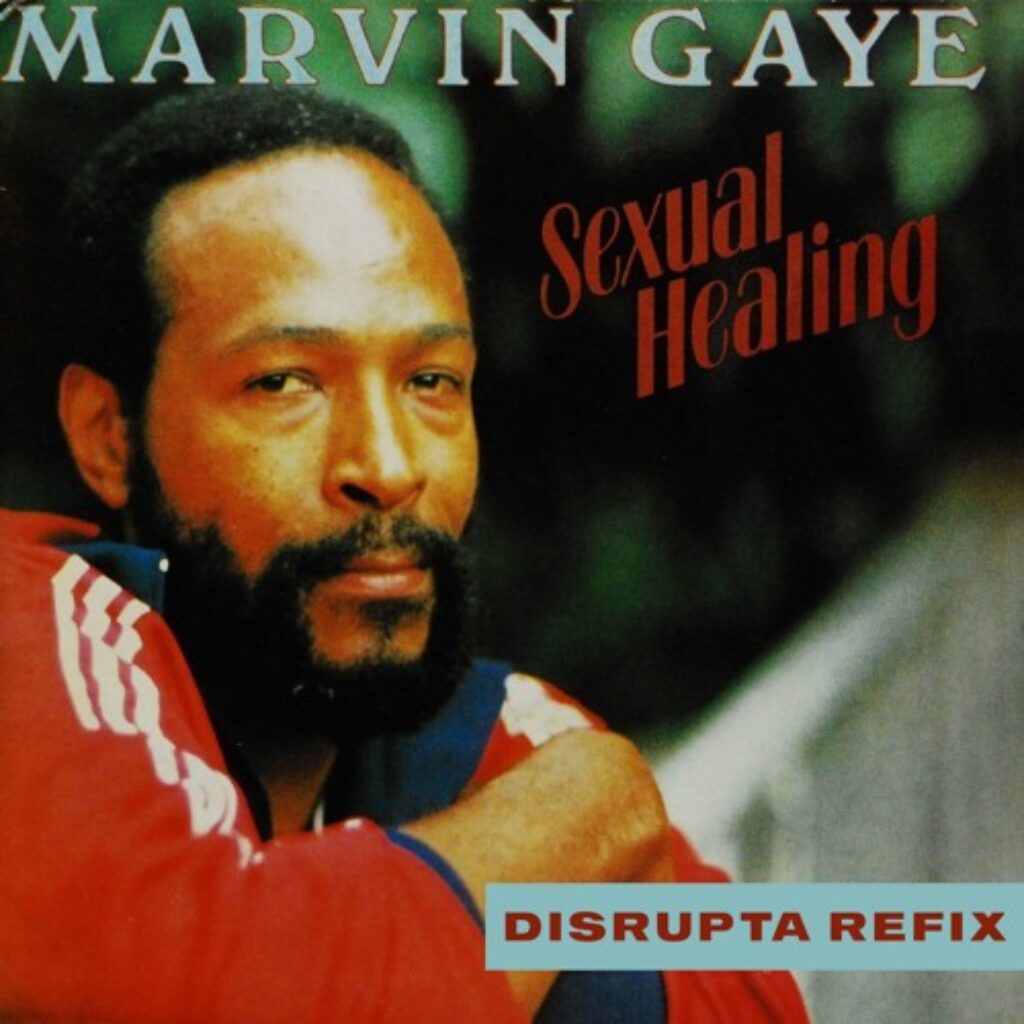
The first commercially successful song to prominently feature the use of the Roland TR-808 drum machine was “Sexual Healing” by Marvin Gaye, released in 1982. Produced by Gaye himself along with Odell Brown and David Ritz, “Sexual Healing” showcased the 808’s distinctive bass drum sound, which became the driving force behind the track’s infectious rhythm. The song reached the top of the Billboard Hot 100 chart and became one of Marvin Gaye’s biggest hits, solidifying the 808’s place in mainstream music and opening the doors for its widespread adoption in various genres and quickly making its way onto various other hit records.
Listen to the song below and see if you can hear it.
How to Use 808s in Your Music Production
Using 808s in your music production can add depth, energy, and a powerful low-end to your tracks. Here are some tips on how to effectively incorporate 808s into your productions:
- Sidechain Your 808 to Your Kick: Sidechain compression is a technique where the 808 is ducked or reduced in volume whenever the kick drum hits. This helps prevent muddiness and allows both elements to shine in the mix. Utilize a compressor with a sidechain input to achieve this effect.
- Glide Your 808s: Glide, also known as portamento, is a technique that adds a smooth slide between two or more notes in the 808 patterns. This creates a seamless and expressive transition between pitches, adding character and emotion to your bass lines.
- Create Variation: Experiment with different rhythmic patterns, velocities, and note placements to create variation in your 808 sequences. This will keep your listeners engaged and add dynamic interest to your tracks.
How to Create an 808
While the original hardware 808 drum machine is a rare and expensive item, you can recreate its iconic sounds using software synthesizers and sample packs. Here’s a general guide in creating your own 808 sound from scratch:
Start with a sine wave oscillator as the foundation of your sound. The 808 kick is known for its pure and deep bass tone, which the sine wave provides.
Apply envelope shaping to achieve the desired attack, decay, sustain, and release characteristics of the sound. Experiment with different settings to achieve the desired punch and length.
Enhance the sound by adding additional processing such as saturation, distortion, or EQ. This can help give the 808 more characters and presence in the mix.
Fine-tune the pitch, decay, and other parameters to create a customized 808 sound that fits your specific musical style.
Our Favorite 808 Sample Packs
If you prefer using ready-made 808 samples in your productions, here are some highly recommended sample packs:
Warm 808s by Your Local Musician
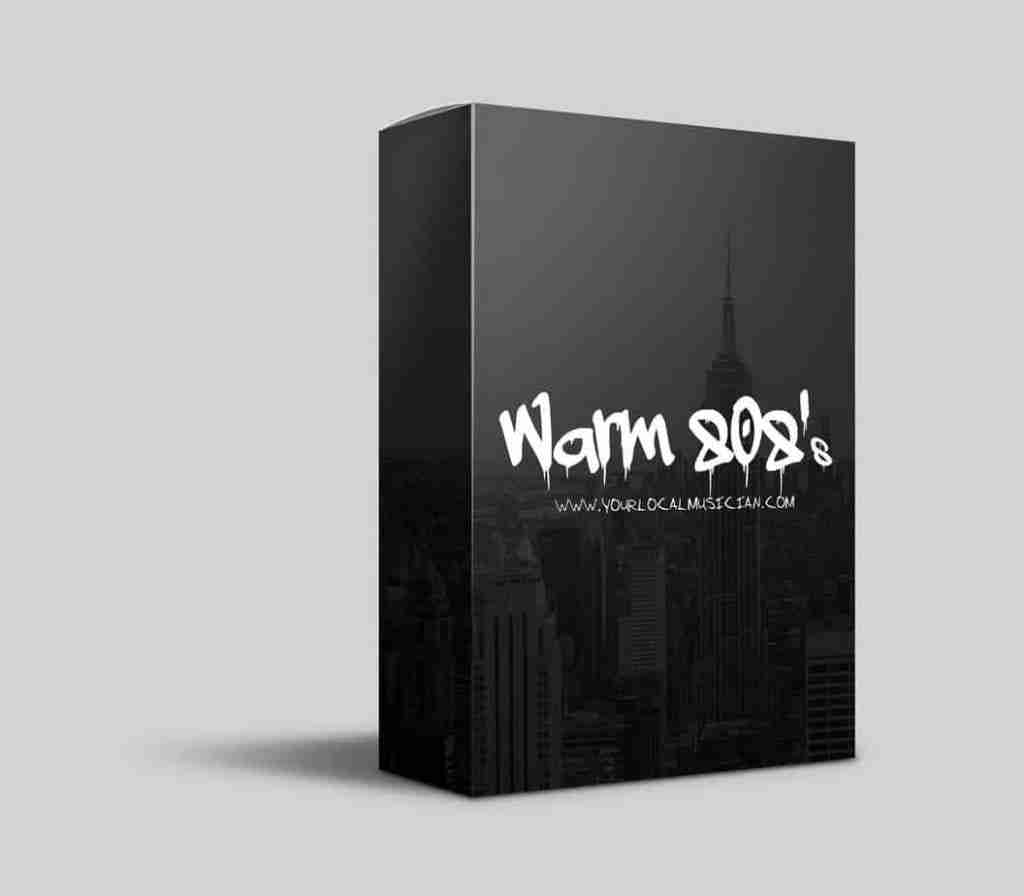
This sample pack offers a collection of rich and warm 808 bass samples that are perfect for various music genres. You can find here.
Serum 808 by Glitchedtones
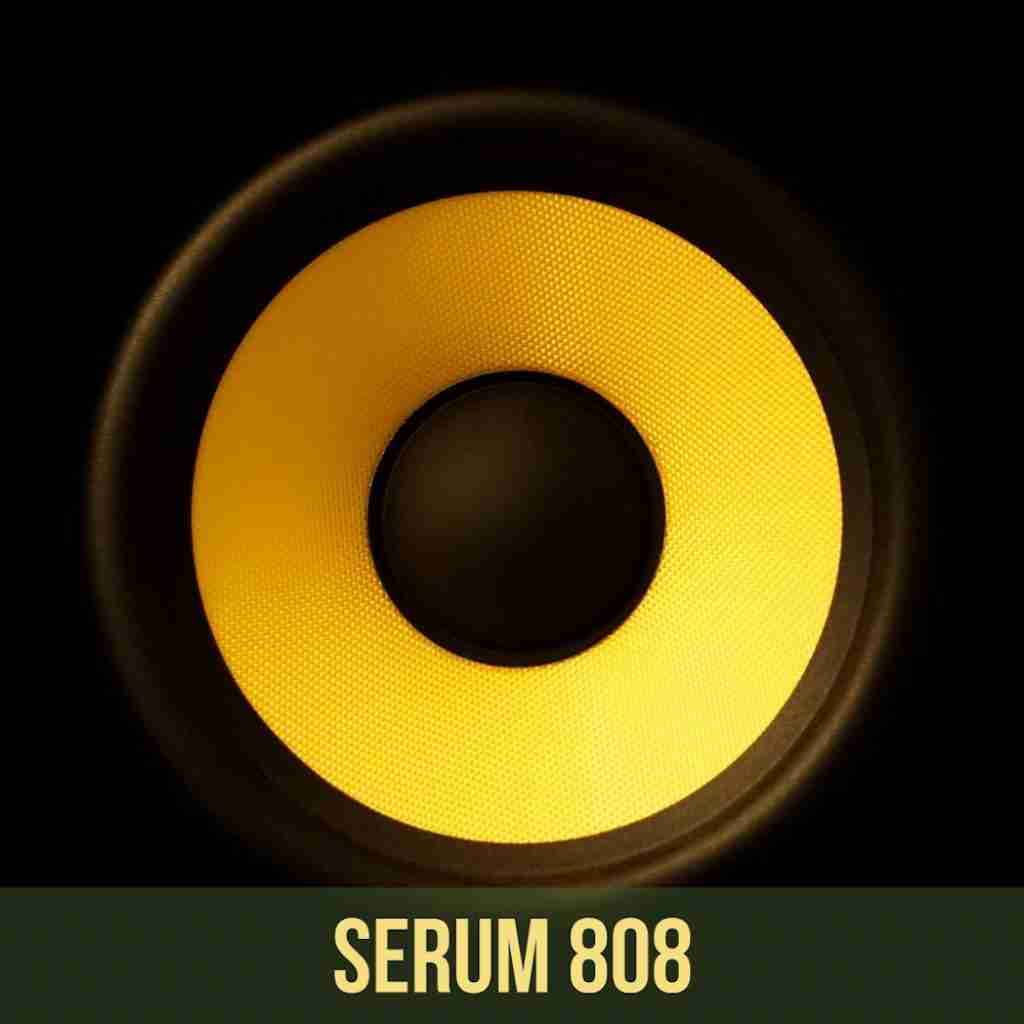
For producers who use the popular Serum software synth, this pack provides a wide range of versatile 808 sounds. Check it out here.
Midi Box (Vol. 2)
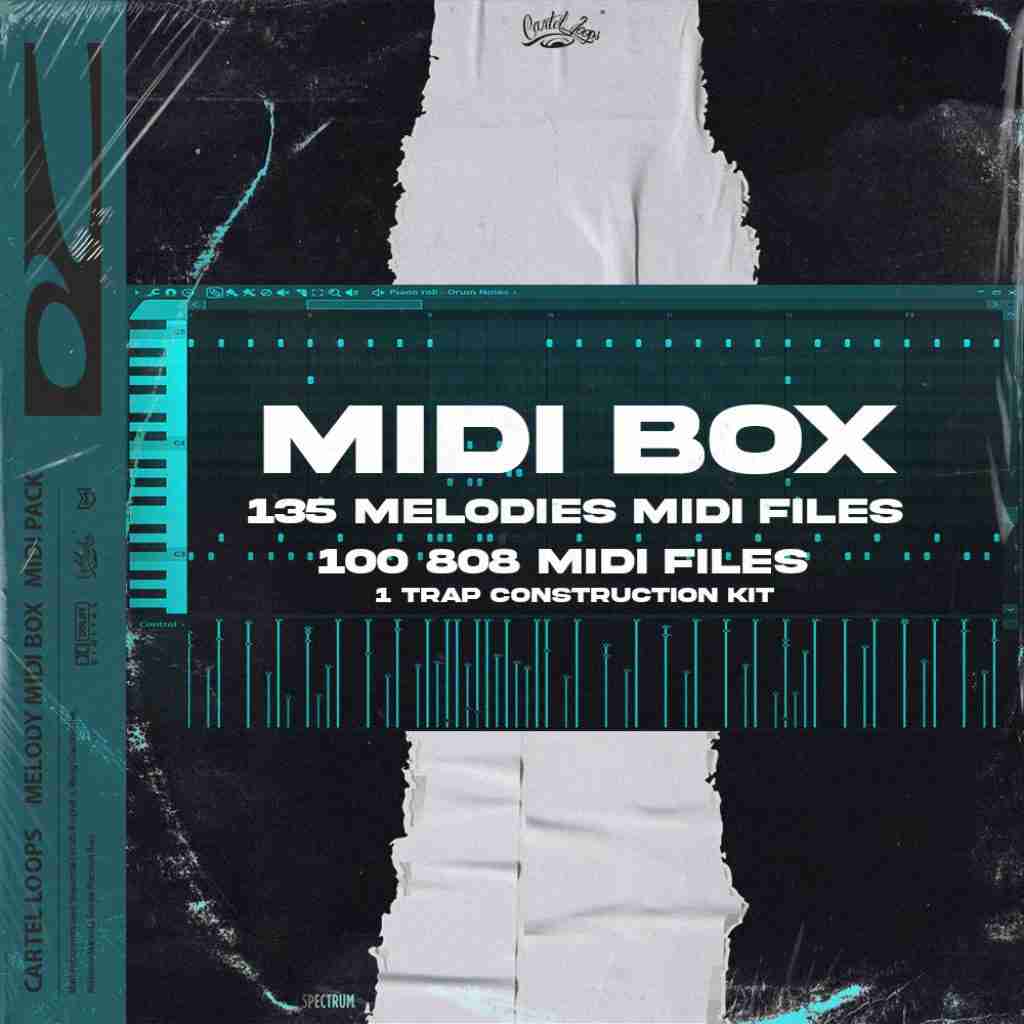
If you’re looking for MIDI files to kickstart your 808 productions, Midi Box (Vol. 2) offers a diverse collection of MIDI patterns suitable for various genres. Find it here
What is the difference between an 808 and a Kick?
The 808

In its early years, the term 808 referred specifically to the Roland TR-808 drum machine, but now the 808 has evolved into much more and is known for its deep, booming, and long-lasting bass frequency, acting now as more of a bass instrument than a kick drum, Produced mainly using analogue synthesis, the 808 kick drum offers a distinct sub bass character that resonates and sustains, providing a powerful low-end foundation for various music genres, including hip-hop, trap, and EDM.
The Kick
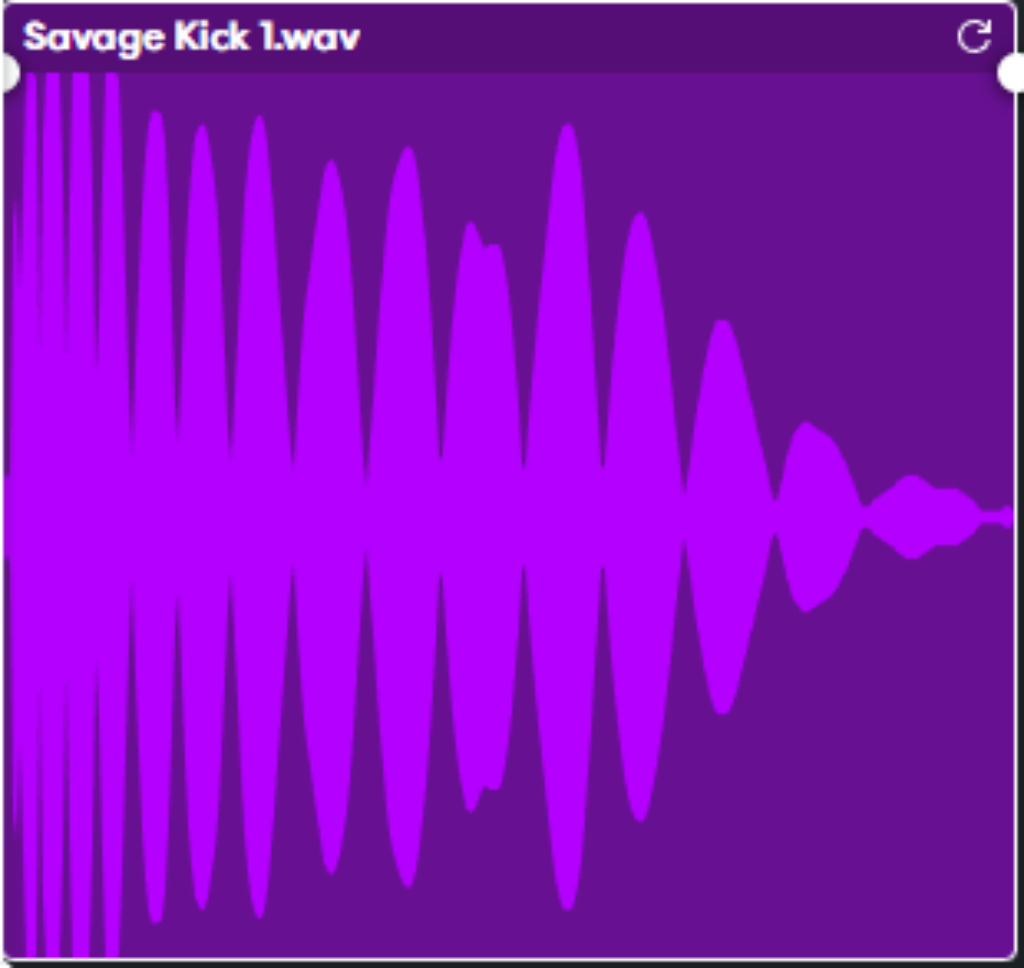
In contrast to the 808, a kick refers to a generic term used to describe a drum sound found in various drum machines and sample libraries. While the 808 kick has a specific sound, a kick drum can have diverse sonic characteristics depending on the sound source, processing, and genre. A kick can be punchy, tight, or even distorted, with a shorter decay compared to the 808. It’s highly customizable and can be tailored to fit the specific needs of a track, offering versatility in creating different rhythmic patterns and styles.
Listen to the audio examples below to hear the differences between an 808 and a kick:
808 Example:
Kick Example:
Sound Design and Application
When it comes to sound design, the 808 and the Kick serve different purposes. The 808 kick’s distinct tonality and resonance make it ideal for creating booming basslines, deep sub-bass hits, and sustained bass elements. It adds weight and impact to a track, providing a solid foundation for the rest of the instruments and elements in the mix.
On the other hand, kicks offer flexibility and adaptability. They can be sculpted to fit the specific requirements of a song. A kick drum’s attack, sustain, decay, and timbre can be manipulated to achieve the desired sound. This versatility allows producers to create dynamic patterns and fit the kick seamlessly into different genres and musical contexts.
Overall, the 808 and the kick serve distinct purposes in electronic music production. While the 808 kick provides a deep, resonant bass foundation, the kick drum offers flexibility and versatility, catering to various genres and creative preferences. Understanding the sonic differences between the 808 and the kick is crucial for producers to make informed choices and craft impactful rhythmic elements in their music.
The 808 has gone from being a popular drum machine to an instrument in its own right, used in countless popular songs, for its perfect bass sound.
The TR-808 drum machine has undoubtedly left an indelible mark on the music industry, revolutionizing the way producers create and shape bass sounds.
Understanding the history, application, and creation of the 808 is crucial for any music producer or enthusiast looking to explore its sonic possibilities. By incorporating the techniques outlined in this article and utilizing high-quality sample packs, you’ll be well on your way to creating powerful and impactful music that resonates with listeners across genres.







